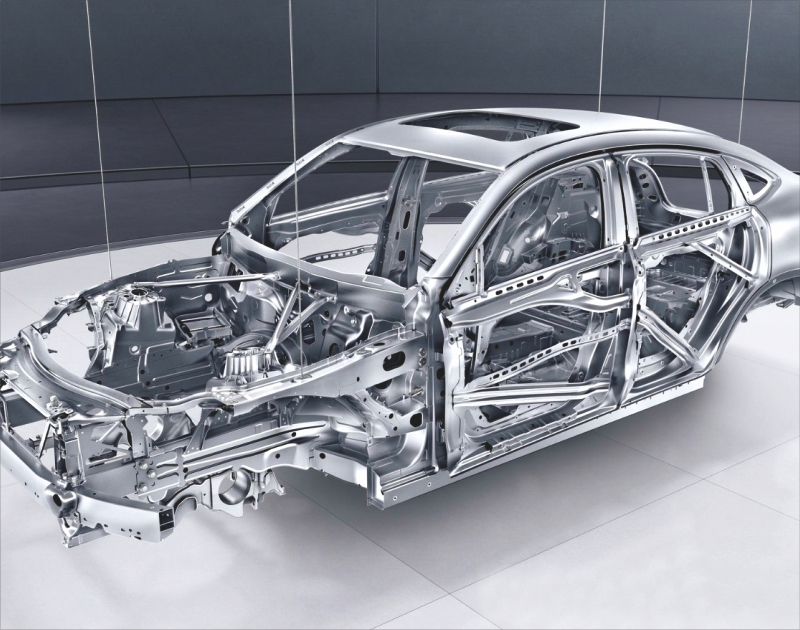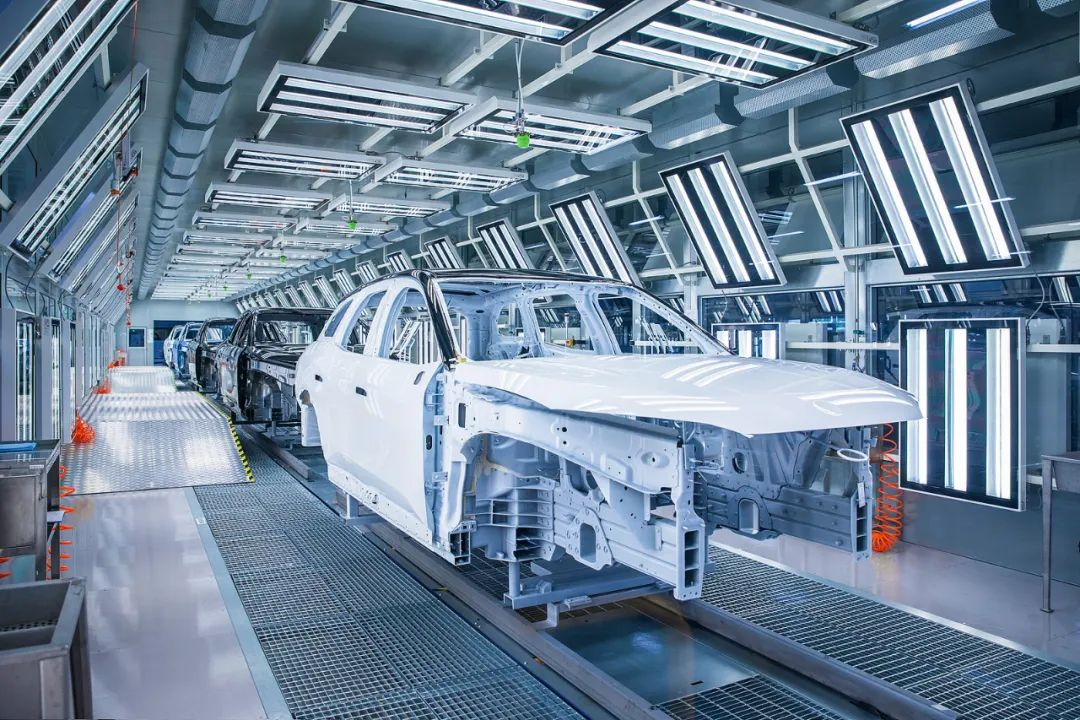
Aluminum is produced in the midstream processing stage of the aluminum industry chain, upstream for the production of electrolytic aluminum and recycled aluminum, recycled aluminum or electrolytic aluminum after alloying with other elements, through extrusion, rolling, and other processing techniques into aluminum profiles, sheet, and foil, etc., which are extensively used in the real estate, automotive, packaging, power, and other industries.
Aluminum alloy is the chosen material for lightweighting automobiles because of its high specific strength and cost-effectiveness. The specific strength of aluminum alloy is about 50% higher than that of high-strength steel, and every 1 kg of aluminum can replace 2 kg of steel, saving 3.1 gallons of oil. Aluminum has a density that is roughly one-third that of steel. Aluminum alloys are around 150% more expensive than steel, although they are far less expensive overall than carbon fiber composites. Aluminum alloy is now the best lightweight material, despite magnesium alloy having a price that is comparable to aluminum alloy’s and being more difficult to employ on a big scale in the automotive sector.
Numerous automobile applications can make use of aluminum alloy, and as the trend for lightweighting continues, aluminum dosage’s strength is steadily rising. The body, motor, wheels, and other structural elements can all be made of aluminum alloy. The amount of aluminum alloy in automobiles has been rising annually due to the desire for energy efficiency and environmental protection, as well as advancements in aluminum alloy technology. The average quantity of aluminum used in European cars has quadrupled since 1990, from 50 kg to 151 kg at this time, and will rise to 196 kg in 2025, according to research data published by DuckerWorldwide.
Currently, die-cast aluminum alloys make up the majority of the aluminum used in automobiles, and as more metal is used for bodywork, the proportion of rolled plates is rising quickly. The majority of automobiles use cast aluminum alloys, which are frequently used in structural sections with a high aluminization rate including wheels, engine components, underframes, shock absorber brackets, and space frames. Deformed aluminum alloys primarily contribute to the body’s light weight compared to cast aluminum alloys, although the average application share on automobiles is still limited because of the lower aluminization rate. According to a study by Daktronics International, only 34% of the aluminum alloys used in automobiles in Europe in 2016 were deformed alloys (18% were rolled plates, 11% were extruded profiles, and 5% were forged sections); the rest were all cast alloys. The share of deformed aluminum alloys is significantly higher than that of cast aluminum alloys only in a small number of high-end models with all-aluminum bodywork.
Cast alloys make up the majority of the aluminum used in autos, and the proportion of plates has greatly increased. New energy vehicles employ a higher percentage of deformed and strong aluminum alloys than internal combustion engine vehicles. DuckerFrontier claims that pure electric vehicles (“BEV”) typically require 101 kg more aluminum than internal combustion engine vehicles (“ICE”) and that the powertrain of ICEs, such as the cylinder block, cylinder head, piston, etc., is not necessary in BEVs. Because of aluminum components including the cylinder block, cylinder head, and piston in the ICE’s powertrain, the valve body, clutch housing, distributor, and drive shaft in the transmission system and transmission, the BEV requires around 62 kg of aluminum, almost all of which is cast material. Additionally, BEV’s battery shell, electric traction system, body, and opening and closing elements require an additional 163 kg of aluminum, with less than one-third of that weight coming from casting materials, primarily aluminum profiles.
By model, the amount of aluminum used in Chinese cars is primarily broken down into four categories: passenger cars, commercial vehicles, special vehicles, and two- and three-wheelers. Passenger cars include internal combustion engine passenger cars, pure electric passenger cars, and hybrid passenger cars. Commercial vehicles include trucks and buses (fuel buses, new energy buseIt is anticipated that in 2025, China’s total vehicle production will reach 31.51 million units, the global vehicle production will reach 97.92 million units, and the production of new energy vehicles will be 20 million units. Additionally, the global demand for aluminum for vehicles will reach 18.85 million tons, with a 20-25 years compound annual growth rate of 8.6%, based on 20 years. China has led the world in new energy vehicle production and sales for six years in a row. The demand for aluminum would increase by 6.35 million tons due to the global automotive market.
Aluminum production will increase as electric vehicles become more promising. Aluminum for new energy cars is expected to expand at a rate of 49% over the next five years as their portion of the market picks up steam, making electric vehicles an industry that is becoming more and more reliant on affordable aluminum and aluminum alloys.
Post time: Dec-05-2022

